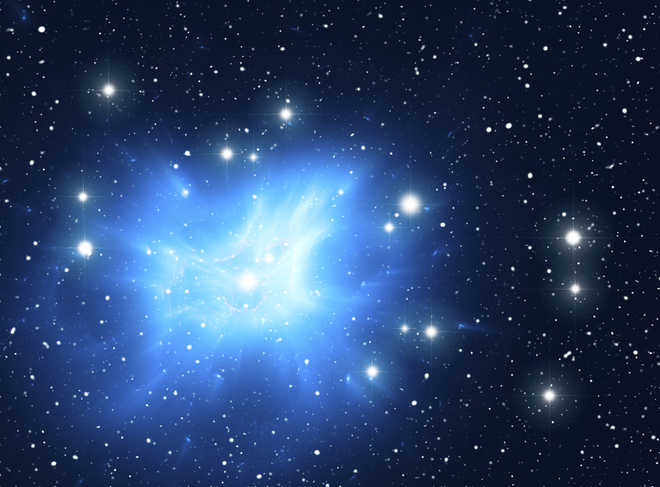Written By: Moohita Kaur Garg WION Web Team
New Delhi, India Published: Jul 11, 2021

An asteroid (representative image) Photograph:( AFP )
Researchers at the European Space Agency are studying how to prepare for an apocalyptic event similar to dinosaurs' end
A recent study conducted by the European aerospace company Airbus suggests that when an asteroid is hurtling toward our planets, we could deploy large TV broadcasting satellites to deflect the space rock.
The study is a part of the European Space Agency's efforts to prepare for a possible apocalyptic event, similar to the one that wiped out dinosaurs.
Conducted under the mission concept codenamed FastKD or Fast Kinetic Deflection, it envisions using telecommunications satellites in particular, as these are placed in a geostationary orbit. This means that they are placed in such a way that their position looks stationary, as these satellites circle the Earth at a speed that matches the planet's speed of rotation.
Usually very large, on average, these weigh around 4 to 6 tonnes. This weight would aid in giving the object in question enough force to affect the trajectory of space rock.
However, according to Albert Falke, the lead researcher of this study, it would take around 10 such satellites to sufficiently change the trajectory of 300 meters or 1,000-foot wide asteroid.
But what about a Dinosaur extinction-size Asteroid?
Falke is hesitant to say whether an asteroid could still be deflected using this method if it is more than 1,000 feet (300 meters) in diameter.
Interestingly, the asteroid that led to the extinction of dinosaurs is believed to have been 9.6 kilometres or 6 miles in diameter.
Why telecommunication satellites?
This method does not require the invention and subsequent launch of a whole new device. Telecommunication satellites are available readily. In case astronomers were to detect an asteroid at a late stage, all that's required is to repurpose the satellites under construction and launch them within a short span of time.
The combined effort of multiple satellites could very well change the trajectory of the approaching object.
Changing its trajectory by just a few inches may not totally avert a disaster, but it could nudge it off course, enough to avert a catastrophe if done well enough in advance of an expected impact.
For telecommunication satellites to be capable of executing an earth-saving mission in orbit, special equipment is needed to enable communication in deep space, along with navigation, and guidance required to reach the asteroid.
Modules for this project still need to be developed. The ideal situation would be to build and test these systems in advance of an emergency and have them ready.
That said, the human species definitely has an advantage over dinosaurs.
NASA is set to conduct a mission called DART next year. The experiment will be the first-ever asteroid deflection experiment.
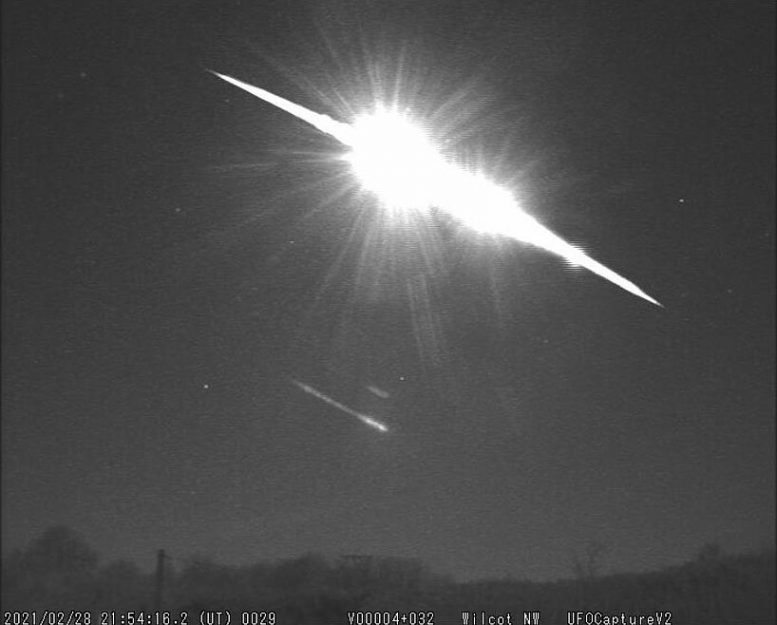
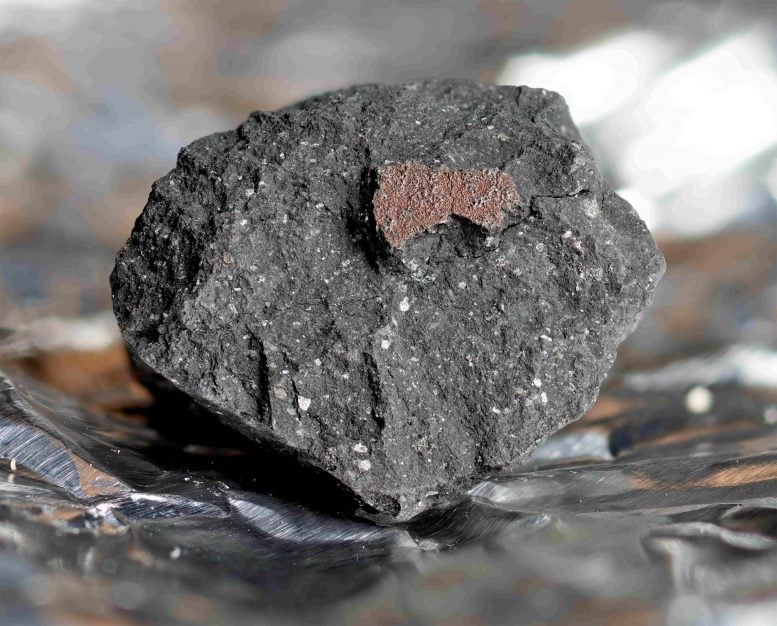
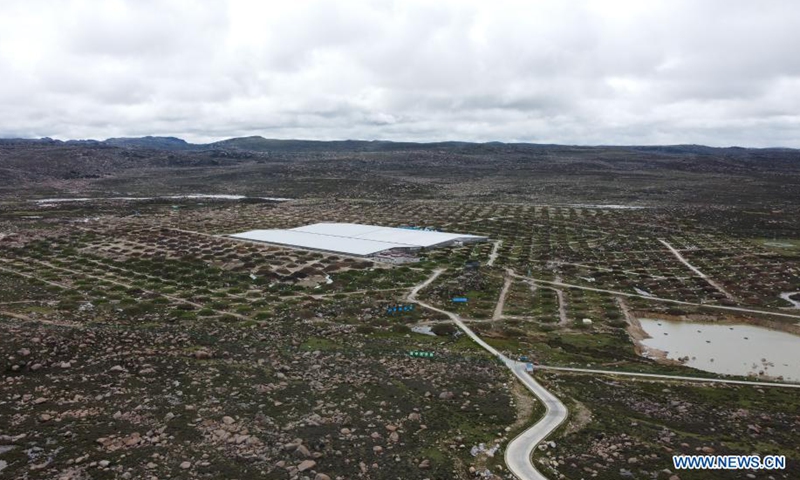
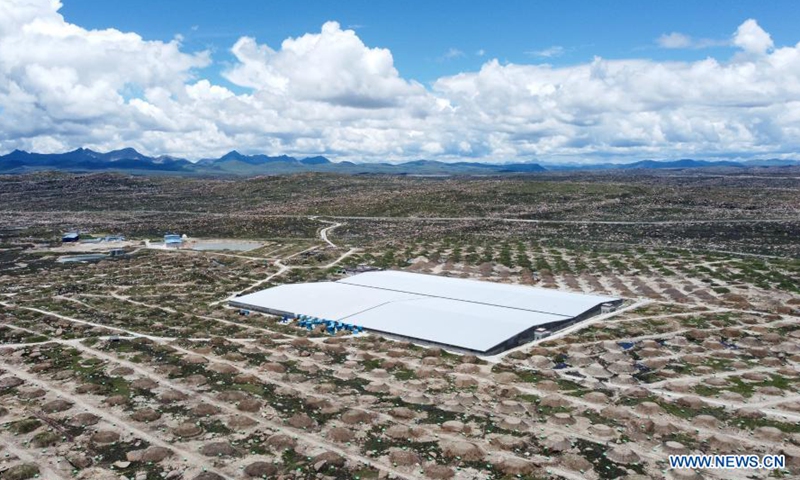
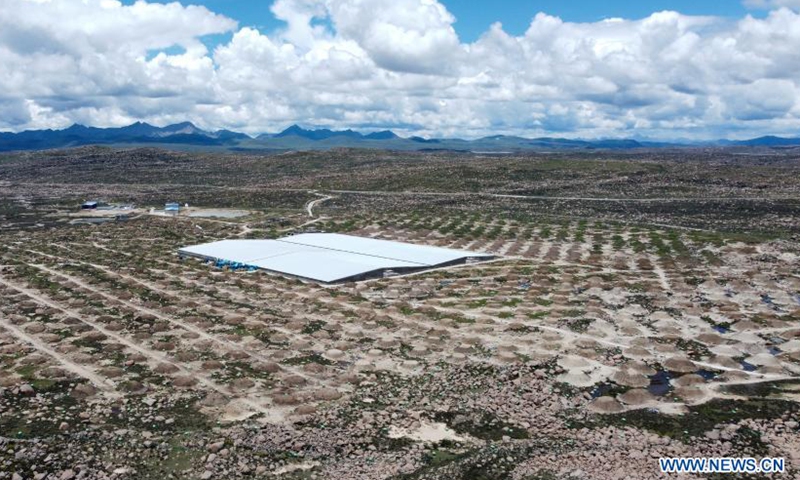



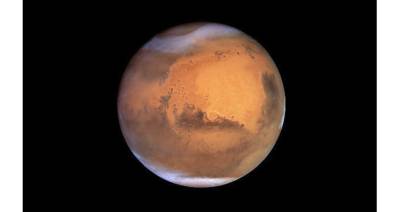

:focal(325x504:326x505)/https://public-media.si-cdn.com/filer/14/ac/14ace592-60c9-4cf4-901a-751d2f96180c/fountains_of_enceladus_pia07758.jpg)



